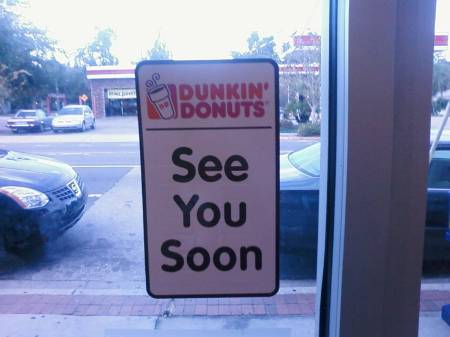by Roger Pynn
When Donald Trump’s organization turned to “network marketing” to me it was a sign that times were really tough. But now that I’m hearing ads on the airwaves to jump on board with The Donald before it is too late I have to laugh.
I come from an area that at one time was ground zero for pyramid schemes such as Glenn W. Turner’s Koscot International cosmetics and Dare to Be Great Seminars. Get rich quick artists have been praying on Floridians for years. They all seem to roll through here.
Network marketing, on the other hand, claims to be the honest answer for those who can’t wait for the bucks to roll in: the ones who would rather make money by selling other people the right to work for them.
The downside of all these schemes … the legal and the not-so-legal … has always been that the string eventually runs out. Those who get in early make money. And when the ball stops rolling as the string gets taught, the ambitious would-be-Trumpsters who bought in late in the game end up holding an empty bag. It almost never fails because eventually the driving forces in the middle get tired of seeing all the dough to the doughnut maker.
I’m not saying the one with the best known hair in maledom would scam anyone, but there’s a subtle message in his radio ads: “those who recognize the opportunity early will thrive.”



 Posted by TheStrategicFirm
Posted by TheStrategicFirm 




